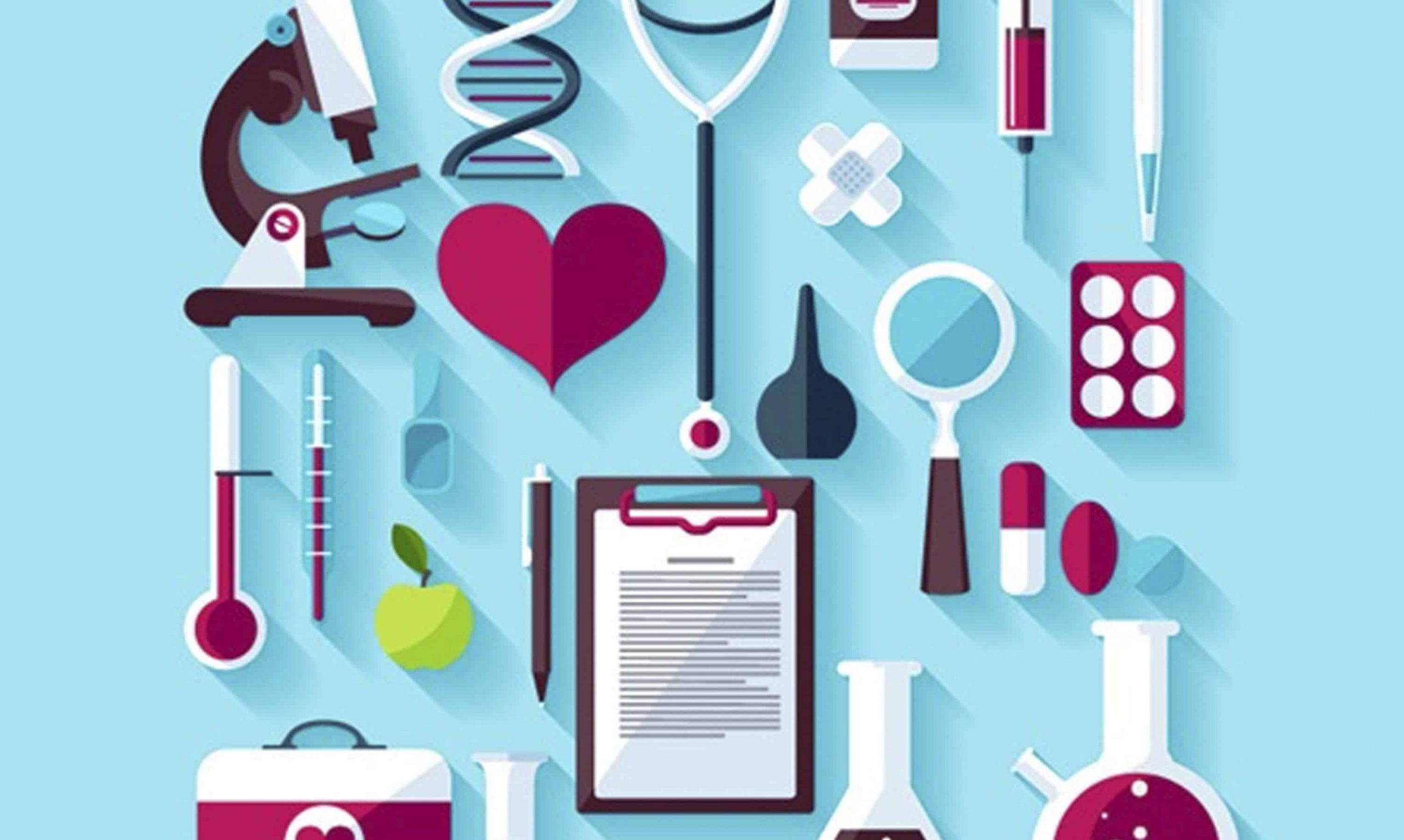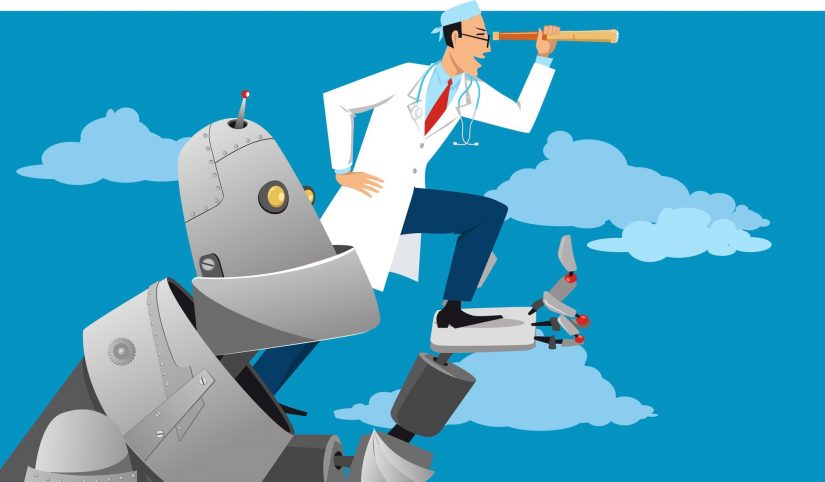Just recently I spoke again to some people who are grappling with infections from stubborn bacteria such as Pseudomonas, a pathogen that is normally only fatal to people with compromised immunity or in hospital wards. Obviously, most of us still think antibiotics are cures. They are not, in the best case scenario they destroy bacteria.
1. Antibiotics do not cure, they destroy
Nowadays, many bacterial strains are already infiltrating the treatment with antibiotics. What you need to get fit, or to survive this, is a strong and balanced immunity that can take care of healing after destruction. Biestmilch should be the agent of your choice here to support immunity and the healing process.
Is the therapeutic success perhaps more based on luck than a thorough investigation?
Serious infections and bacterial strains resistant to antibiotics are spreading to a threatening extent. Too often antibiotics are prescribed carelessly and for that reason are becoming less and less effective. In my opinion, this topic and the many discourses involved in it leave us with more and more confusion, misunderstandings and uncertainties. In the hospital environment, treating and curing infections with resistant germs using antibiotics is becoming more and more problematic. Examples are tuberculosis, staphylococcal, coliform bacteria, salmonella, Klebsiella or pneumococcal infections.
The following article takes up some interesting aspects from the latest scientific findings. It is a fragment because the subject is so extensive that it could easily fill books. I want to outline the status quo and a few future scenarios based on today’s perspectives. Everyone should deal with this, because each and every one of us could one day become a victim of this development.
In medical practice, antibiotics are the quick and easy help
Even if it seems that this dangerous development of increasingly resistant bacteria is present to many and is discussed by many doctors, biologists and the media, it is in reality different. Whenever a doctor is unsure about the treatment of a patient, when the symptoms even hint at microorganisms, then antibiotics are quickly resorted to. A sore throat, a severe cough for several days and the prescription for antibiotics has already been issued, and both doctor and patient feel safe.
These days, patients are no longer patient enough to give their bodies the time to recover to give. Of course, this is not solely due to them. Our fast-paced society does not allow us to stay home for a week, the time it mostly takes to recover from an acute (in most cases virus-related) infection. Fever has become a frightening phenomenon, lungs have become creepy monsters that could affect the heart, joint pain could be the first sign of rheumatism and so on …
Unfortunately, the knowledge of our ancestors how to proceed in the case of acute infections has been almost completely lost. Rather, we tend to leave the responsibility to the doctor.This is why we go to the doctor with diseases that usually go away on their own and do not require any medical treatment. In the case of the doctor, however, two fears collide. Ours not to want to die and the doctor’s not to make mistakes or to upset the patient or even to be held accountable. Against this background, antibiotics became a quick and efficient solution.

2. The term antibiotic does not represent a specific mechanism of action
The dilemma begins where antibiotics are only seen as chemical compounds that become active in a bacterium or its wall . It is forgotten that this takes place in our body, i.e. in an environment that is not unaffected by the effects of antibiotics.
Every organic molecule that interacts with pathogens and thereby prevents or kills them can be called an antibiotic . But we have got used to seeing antibiotics as purely synthetic substances.
The meaning of the term changed over decades. Today we generally associate an antibiotic with an agent that kills all types of microorganisms. At the time of its discovery, the term antibiotic was used to describe its application, its effects in the laboratory or its activity as a chemical compound. The term antibiotic does not stand for a specific mechanism of action.
Unfortunately, antibiotics are often administered out of ignorance and fear, without considering how they work and how they affect the bacteria, the body and its environment. How the antibiotic interacts with the targeted pathogen and what influence this in turn has on our body is usually not part of the conversation between patient and doctor. It is pretended that the problem of resistant bacterial strains is localized somewhere outside, far away from the individual situation of the patient. Antibiotics are basically for the benefit of the patient. We are only vaguely aware that these preparations are active and widespread in our environment and that this is how resistant bacteria develop. Above all, the bacterial monoculture that develops through antibiotic abuse leads to the destruction of the healthy balance that produces microbial diversity.
Antibiotics have become a therapeutic fact that is no longer questioned. For me, the harmful effects of these drugs and their serious consequences for us and our environment have completely disappeared from the concrete communication between the patient and the doctor.
Antibiotics interact primarily with the metabolism of bacteria, viruses, however, with the cell. Antibiotics are not effective here.
At this point we are right at the heart of the misunderstanding. Far too often, antibiotics are prescribed without distinguishing between viral and bacterial infections. Antibiotics cannot interact with viruses because viruses do not have a synthesizer for the molecules with which the antibiotics interact. Viruses need a cell to do the job of synthesizing molecules for them. Viruses become an integral part of the living cell and use it. Viruses can become active at different levels in the cell from the membrane to the cytoplasm to the cell nucleus. The virus and its metabolic products can take control of the cell and its metabolism, changing the cell’s purpose and function. Viruses multiply by adopting the cell’s synthesis mechanisms, then the newly created viruses and their metabolic products flood organs, organ systems or the entire body. In such a case, an acute viral infection is the obvious phenomenon to us.
Or the virus does not manage to conquer the cell immediately, but slowly penetrates the cell. Ultimately, it can cause a genetic change in the cell nucleus or a change in the area of the cell’s signaling pathways. These changes can lead to an optimization of cell functions or, in the long term, damage the cell, organ or organism by leading to a chronic virus infection or contributing to the development of a tumor.

